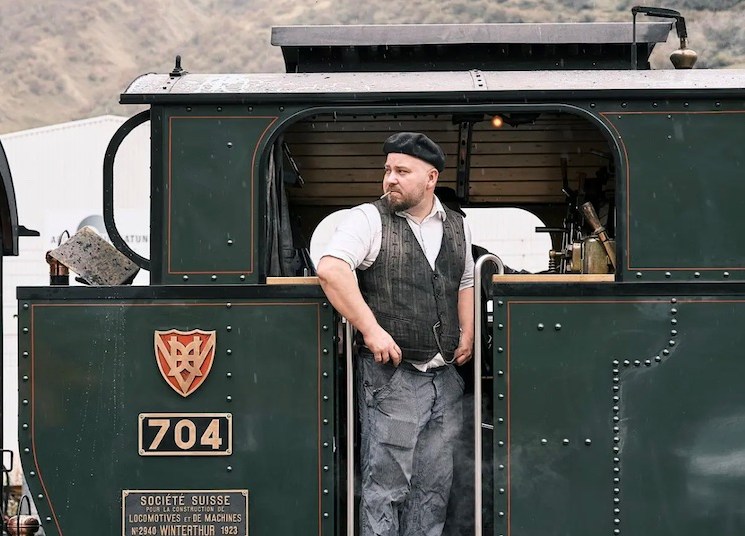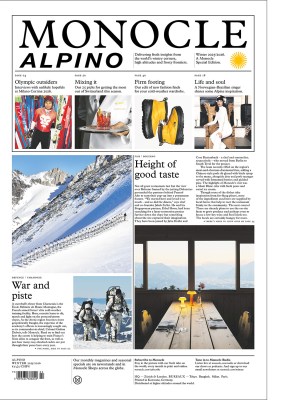eurostar
Latest
Travel and restaurants
Off the beaten track: Switzerland’s Furka Steam Railway
The heritage railway line is the second-highest train crossing in Europe and brings back to life a gentler era of slow travel.

Travel and restaurants
A taste of Eurostar’s new premier-class dining menu
After taking over from Raymond Blanc, a culinary trio has crafted a four-course menu that signals a renaissance in railway dining.



